29.2.2. V-Belt
The continuous belt system is modeled by belt segments and a matrix force element. The matrix force is used to connect two segments of the belt system. You must create the one-reference belt segment from all belt segments. (All belt segments are copied.)
Once the belt segment is created, it is registered as clone body.
The inertial properties of the assembled belt segments are automatically duplicated to be the same as values of the clone body.
The belt properties should be defined carefully prior to assembling the belt system.
The matrix force connecting two belt segments is automatically created when the belt system is assembled.
Geometric V-belt
The geometric information provided by user is used for both the display and the contact force computation in the solver. The V-belt enables the contact between the flat as the upper face and the flat as the V-shaped lower face to the other entities of belt assembly. The contact normal forces are used to compute the friction among the belt and the pulleys.
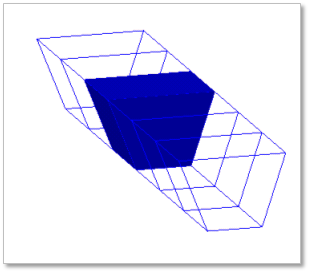
Figure 29.14 V-belt geometric entity
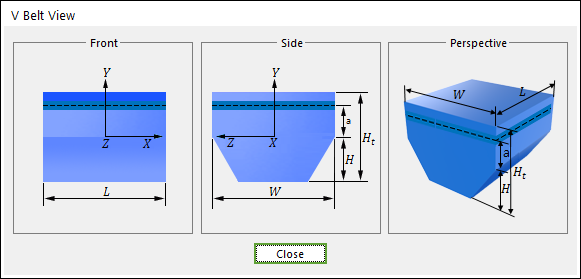
Figure 29.15 V-belt dimension information
H |
Belt Height |
Ht |
Belt Thickness |
W |
Belt Width |
A |
Belt Angle |
L |
Belt Segment Length |
a |
Cord Distance |
29.2.2.1. Modeling Options
The user can create a belt as follows.
Point, WithDialog
Point: Selects a point on Ground to define the belt. It doesn’t matter where the belt is because the created body is a clone body for segment assembly.
WithDialog: Modifies the property for the belt. The belt is created with clicking OK.
29.2.2.2. Properties
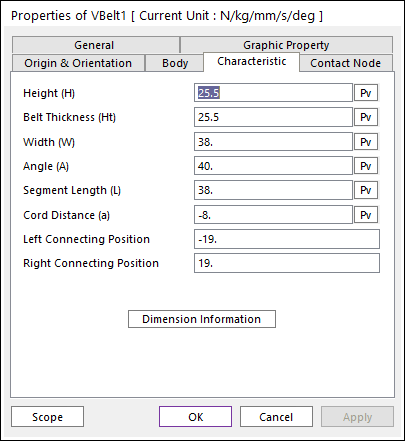
Figure 29.16 V-Belt property page [Characteristic page]
The V-Belt property page is shown in Figure 29.16. The parameters are explained below. In order to understand the geometry, refer to Dimension Information.
Height (H): Enters the height of V-belt. The height is larger than 0.
Thickness (Ht): Enters the belt thickness of V-belt. The belt thickness is larger than H.
Width (W): Enters the width of V-belt. The width is larger than 0.
Angle (A): Enters the angle of V-belt. The angle is larger than 0. The angel is smaller 2*atan (W/(2*H)). The bottom width of V-belt is W-2*H*tan (A/2). [Degree]
Segment Length (L): Enters the length of V-belt. The length is larger than 0.
Cord Distance (a): Enters the cord distance of V-belt.
Left Connecting Position: Enters the left position of connecting force. The reference frame of position is the geometry reference frame of belt
Right Connecting Position: Enters the right base position of connecting force. The reference frame of position is the geometry reference frame of belt.
Contact Node
The V-Belts contact a pulley, a roller and a flange to the contact node.
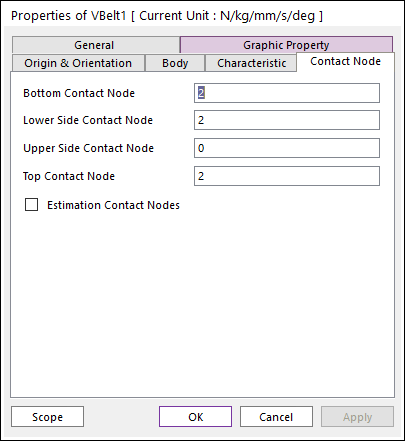
Figure 29.17 VBelt property page [Contact Node page]
Bottom Contact Node: Enters the number of nodes for the belt bottom.
Lower Side Contact Node: Enters the number of nodes for the belt lower side.
Upper Side Contact Node: Enters the number of nodes for the belt upper side.
Top Contact Node: Enters the number of nodes for the belt top.
The number of bottom contact node is 2.
The number of lower side contact nodes is 3.
The number of upper side contact nodes is 2.
The number of top contact nodes is 2.
Contact point of segment belt is located in the center.
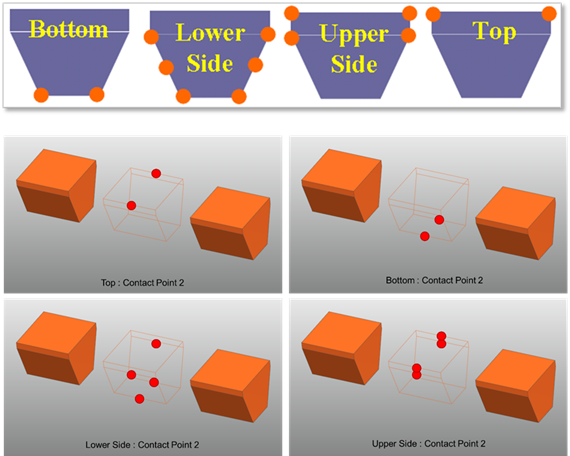
Figure 29.18 Contact node
Estimation Contact Nodes: If this check box is checked, contact nodes are set as followings. And dialog input parameters are neglected.
Bottom Contact Node : 2
Lower Side Contact Node : 2
Upper Side Contact Node : 0
Top Contact Node : 2